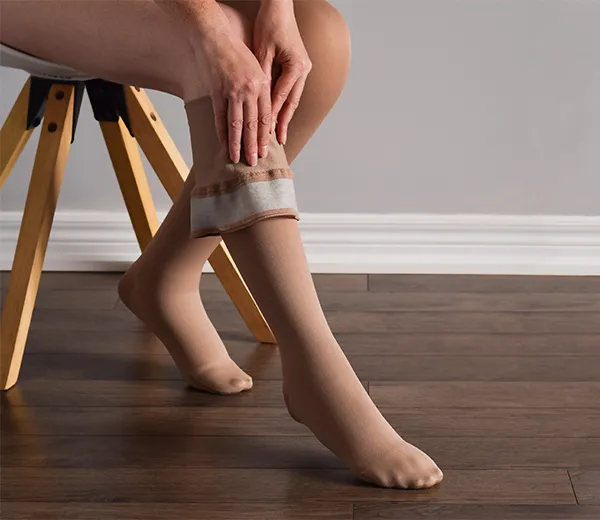At the molecular level, what is referred to as reactive oxygen species (ROS) play a key role. These are chemical compounds containing reactive oxygen atoms such as the superoxide radical (O2–), hydrogen peroxide (H2O2) and the hydroxyl radical (-OH). Reactive oxygen species are produced in the body during normal cellular processes, but their excess is harmful and leads to cellular ageing, mutations or even death.
In particular, the production of mitochondrial reactive oxygen species (mtROS) is increased in ageing blood vessels, which disrupts the electron transport chain and triggers the cellular ageing or death mechanism. Importantly, mtROS can also be affected pharmacologically. For example, clinical trials have shown that treatment with the mitochondrial antioxidant MitoQ – resveratrol, which effectively reduces mtROS production in endothelial and muscle cells, can significantly reduce the rate of cellular ageing.
The interaction between increased oxidative stress and the activation of inflammatory processes is crucial in ageing blood vessels. There is growing evidence that impaired oxidative stress resistance during ageing also exacerbates vascular inflammation caused by cardiovascular risk factors including obesity, metabolic diseases and hypertension.
The cellular and molecular processes of ageing that affect arteries and capillaries also affect veins and the lymphatic/glymphatic system. In Alzheimer’s disease, for example, the cerebral venous network plays an important role in neuroinflammation.
Contrary to what many people believe, the process of vascular calcification is rarely determined by genetics. It has been scientifically proven that both our life expectancy and our health depend mostly on how we live. Although there are cases of vascular calcification at a young age due to certain genetic diseases, it is largely related to lifestyle, harmful habits (smoking), diet and physical activity. Thus, by adopting a healthy lifestyle, we can delay this phenomenon. For example, studies have shown that professional athletes age healthier than the average person. Several clinical trials that required participants to follow an exercise regime showed that exercise had a profound effect on their physical and emotional well-being.
Many of the molecular mechanisms that activate oxidative stress or chronic vascular inflammation can be controlled by aerobic exercise. This can be explained by changes in glucose and lipid metabolism induced by exercise. Exercise promotes glucose uptake into the muscle independently of insulin release, making sport an excellent non-pharmacological tool to reduce hyperglycaemia in the presence of already developed insulin resistance (as in obesity or type 2 diabetes). Additionally, exercise enhances short-term insulin sensitivity following physical activity, which can be sustained for up to 48 hours in healthy subjects and up to 15 hours in type 2 diabetics, for example after 60 minutes of cycling. The level of physical activity also correlates with plasma triglyceride and HDL cholesterol levels.
Dietary supplementation with substances containing antioxidant and anti-inflammatory properties, such as vitamin C and vitamin E, may further improve endothelial function and arterial stiffness in older people.






